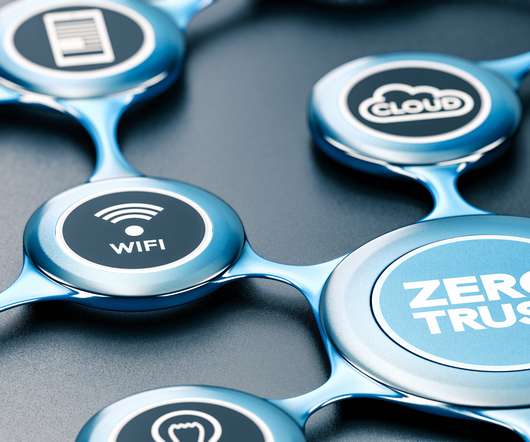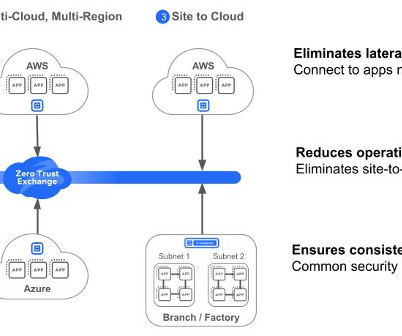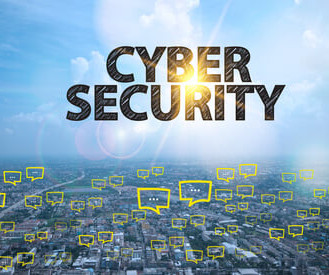More connected, less secure: Addressing IoT and OT threats to the enterprise
CIO Business Intelligence
NOVEMBER 14, 2023
The Internet of Things (IoT) is a permanent fixture for consumers and enterprises as the world becomes more and more interconnected. In this article, we’ll explore the risks associated with IoT and OT connectivity and the measures that organizations need to take to safeguard enterprise networks. billion devices reported in 2023.




















Let's personalize your content